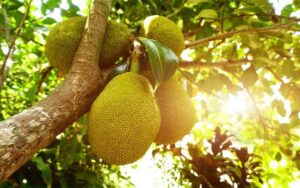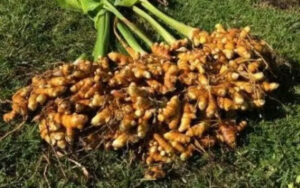Burmese grape, replete with medicinal values, fails to grab people’s attention
Kolkata: The Burmese grape is found in several nations in Southeast Asia, including India. West Bengal is famous for the cultivation of this fruit packed with nutritious and medicinal values. Unfortunately, this fruit has not been fully utilized. It is grown in subtropical climates. It turns yellow or yellowish-orange after ripening. Burmese grapes fully bloom in the rainy season and don’t need much care.
The fruit is known for its medical benefits, containing 273 mg of vitamin C per 100 grams of fruit pulp that is helpful in boosting immunity. The tangy fruit is replete with other minerals such as potassium, phosphorus, iron, sodium-potassium, and many more, helping in overcoming diseases like anemia, controlling blood pressure, and being extremely useful for heart health.
Also Read:Flower markets bloom in Delhi amid ‘Valentine Day’ celebration
Not to talk of the pulp of the fruits, even the leaves, roots, and bark are full of medicinal properties, treating pain, abscesses, anemia, and several other ailments. In spite of numerous benefits, this fruit never became a household name. However, it has failed to grab people’s attention. Why? Due to lack of availability in the market.
The horticulture farmers can reap a lot from the Burmese grape. The significant point here is that it can be grown with other fruits such as mango, rambutan, and so on. Farmers need to grow this fruit scientifically. If this fruit is being grown in other parts of the country, then its popularity naturally along with farmers’ income. The time has come to give proper attention towards this fruit because it is full of health benefits and has the capability to support sustainable agriculture.

















